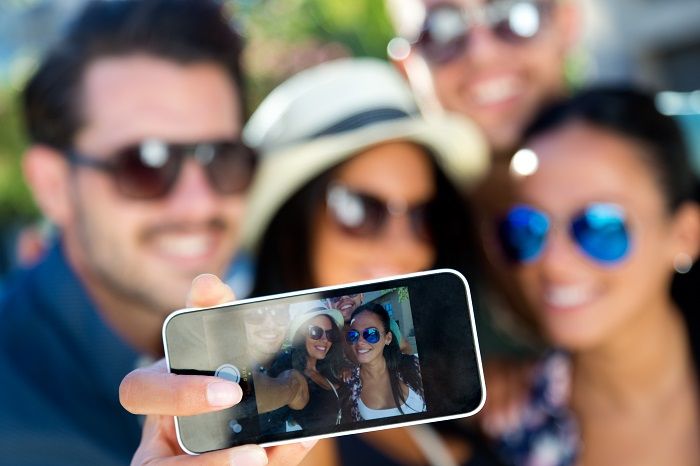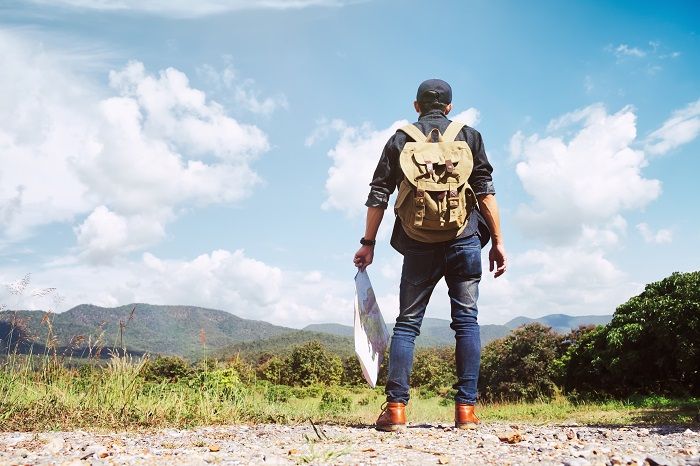A Guide to User Generated Content for the Travel and Tourism Marketing
By Tomahawk on

The best way to sell travel is to tell stories about the experience. Whether it is skinny dipping in the crystal-blue oceans of the Bahamas or bungee jumping from the Macau Tower in China, you want your audience to feel the excitement as if they were there themselves.
However, the credibility of your story is best augmented by first-hand experiences. So, as a travel agency, if you want to sell any experience, the surest way to do so is let original travellers tell their story. Give them a free rein- a platform on your site- to share the joy and excitement they felt on their journey. This user-generated content (UGC) will go a long way to boost the number of enquiries about your service.
What is User Generated Content?
In online marketing, content is everything. In addition to increasing your search ranking through SEO, it attracts more organic traffic to your landing pages.
What is UGC? User-generated content is simply content created and shared by your customers (users). Since people are usually sceptical about branded content, UGC appears more real and relatable.
Hashtags on social media with UGC can increase traffic by 11% and web visitors are more likely to convert if there is well-structured user-generated content on your website.
How to build and curate UGC on your site
Travel agency marketing is essentially about storytelling. Humans are automatically wired to respond to stories because of special portions of the brain. For instance, an intense story of motion- say surfing at the beach- immediately triggers the motor cortex in the brain.
As a travel company, the following tips will improve web traffic and engagement on your site.
1. Encourage travellers to share their stories
Some travel sites simply have a 50-word testimonial from few customers who used their service. This is just social proof to extol the benefits of their service. How about looking past ‘marketing’ for a bit? Your customers just spent a week in the Swiss Alps or the beaches of Tenerife, they should be bursting with stories!
Dedicate a full page on your website to a “tourist of the week” or month. Allow them to describe how they felt, what they experienced and they activities the enjoyed. Will they be happy to come back? Why? This is something people would like to read. Besides, increasing web traffic, your customers will be loyal for giving them the opportunity (publicity) to share their story on your platform.
2. Post photographs on your website
There is a popular mantra on social media, “Pictures or it didn’t happen”. True, a picture tells a thousand words. Photographs complement a story, and they work better than just a text narration alone. Some travel agencies often send a professional photographer to the travelling party. While there is nothing wrong with this, it is better for the customers to share their own photos for authenticity.
Let customers post photos of their beach-wave-riding on your website. Or pictures of something daring like trekking the Tour Du Mont Blanc in Chamonix. This should pique the interest of potential travellers who would like to ‘conquer’ the same challenge.

3. Engage with short videos via social media
If pictures tell a thousand words, videos tell a thousand times more. Videos generate 1200% more social shares than text and pictures combined. Imagine the reach you can have with that on Twitter or Instagram. You will automatically draw more interested customers with video posts. Marketers who use video increase their revenue 49% faster than those who don’t.
Film some excerpts of your expedition and share them on your agency’s social media platforms. A suggestion: consider having a 5-minute interview with tourists during the trip. Ask them questions viewers will be interested to know. You should see a spike in your traffic after a few days.
4. Use social media hashtags to drive engagement
Hashtags are a great way to start and monitor a campaign. Besides allowing people to follow the trend, hashtags make it easy to evaluate the success of your brand’s engagement. For example, if your travel agency organises trips to Macau, you can start a Facebook campaign #MacauMadness to showcase the wild experiences during the trip.
The Macau Tower is widely popular as a spot for bungee jumping, hence the title of the hashtag. However, it is important to ensure every traveller on your trip has travel insurance whether they are jumping or not. The more intense the picture or video posting, the more engagement your campaign will receive.
5. Keep the content conversational
While UGC is an effective tool in your travel marketing arsenal, keep in mind it is really about conversations struck with previous, current and potential guests. Ensure it always has a social feel. Whenever a guest share content about your brand, like or comment on it to show you care. Instead of the normal “thanks”, go further to share an insider’s tip.
This content is about connecting with new audiences, so see it as an opportunity to grow your awareness, likeability and trust factor. Don’t just re-share user-generated content on your own social media platform without adding more value or personal comments.
6. Make it fun
The idea behind tourism is an escape. People are leaving their busy schedules; work, hectic school runs and tough school terms, to escape to a more recreational atmosphere. It is therefore important to capture this “getaway feeling” in the mood of your posts. If you don’t make it sound like fun, the content will probably not convince anybody.
Select the most exciting stories. Choose the best images. Certain colours and tones capture the fun ambience better than others. Also, consider the emotion being displayed in the photos. Do the guests look excited? Does the destination provide escape? These elements go a long way to paint a picture that will inspire a longing to be there.
Finally, remember to give credit to customers when you use or share their content. Allow your customers do the selling by sharing their own travel experiences and stories through these tips.
